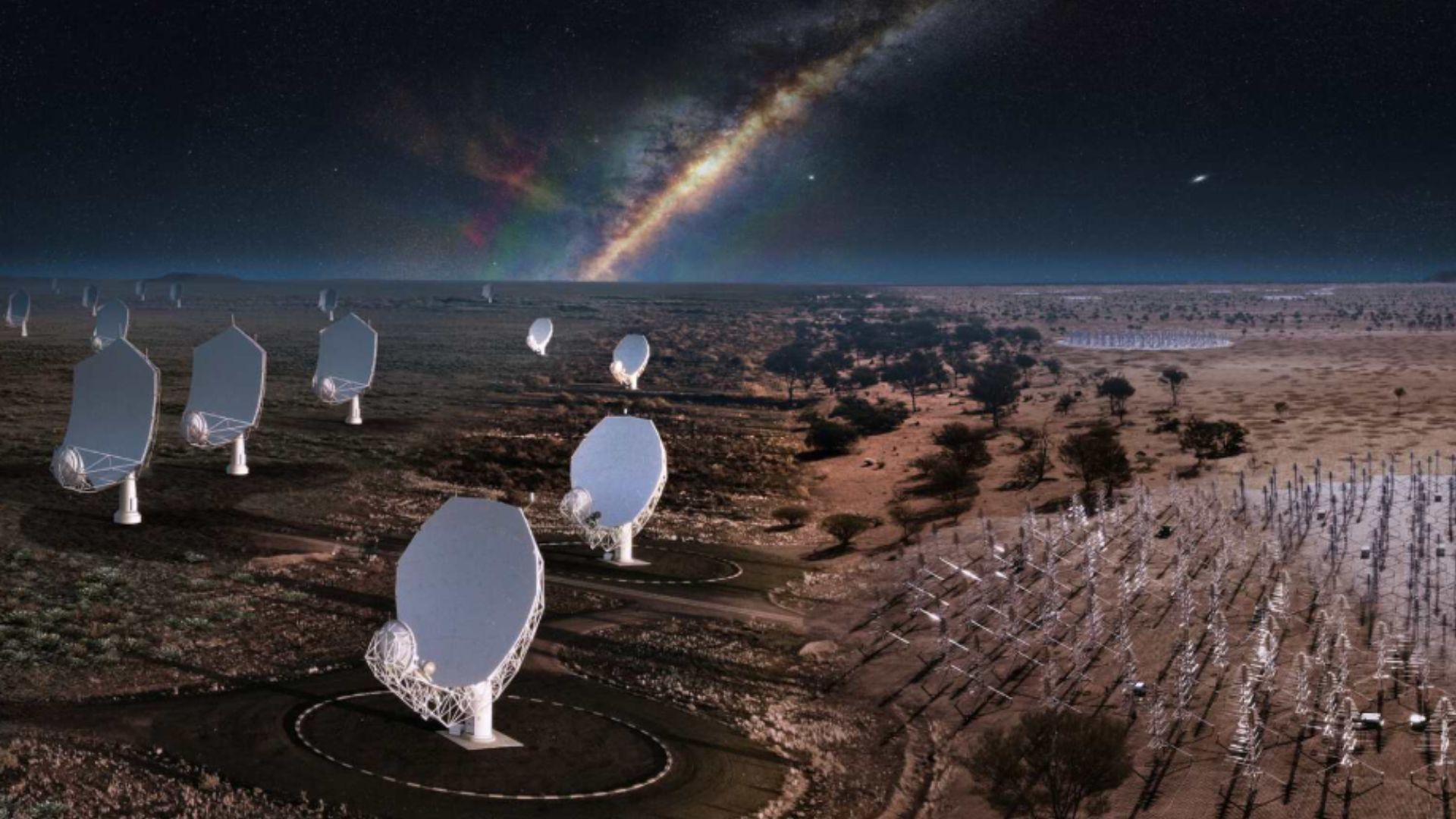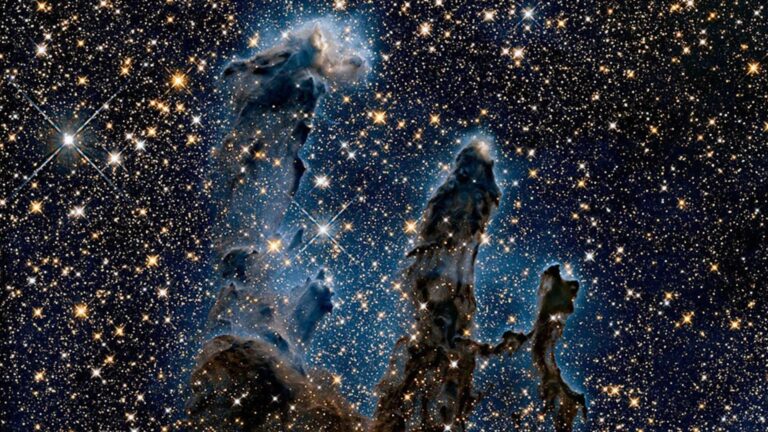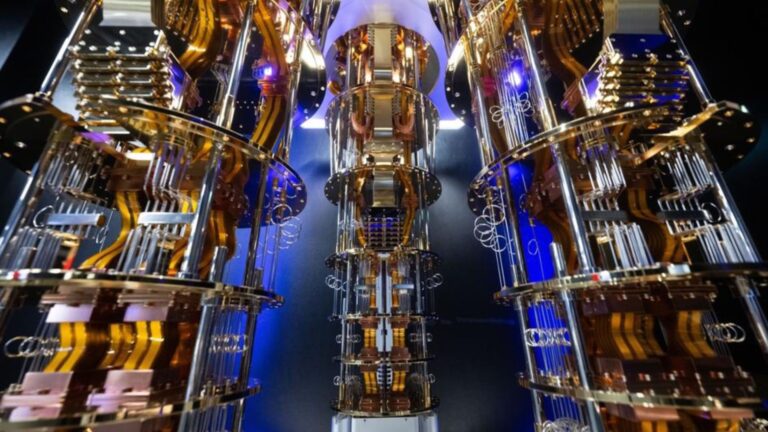
When the Square Kilometer Array Observatory (SKAO) becomes operational later this decade, it will generate an unprecedented 600 petabytes of data annually—enough information to take 200 years to download on a typical home internet connection. This massive data volume from what will become the world’s largest radio telescope now has a global network of regional processing centers ready to handle the information deluge (The Conversation).
Canada Secures Americas Regional Hub
Canada has secured its position as the sole SKA Regional Center in the Americas through establishment of the Canadian SRC at the University of Victoria. The center represents a critical component of an international network designed to process, store and distribute SKA data to researchers worldwide, enabling scientific discoveries from cosmic phenomena ranging from the first stars after the Big Bang to fast radio bursts (University of Victoria).
The Canadian Regional Center leverages expertise from the National Research Council’s Canadian Astronomy Data Centre, the Digital Research Alliance of Canada, and the University of Victoria’s Arbutus cloud platform—Canada’s largest academic cloud computing installation.
Observatory Reaches Construction Milestones
The SKA Observatory achieved a significant construction milestone in August 2025 when its first four antenna stations in Australia completed final verification testing. The four-station array, comprising 1,024 antennas at the Inyarrimanha Ilgari Bundara site in Western Australia, now forms the first operational configuration of the SKA-Low telescope—representing less than one percent of the planned 131,000 antennas for the complete low-frequency array (SKAO).
Simultaneously, the SKA-Mid telescope in South Africa’s Karoo region recorded its first astronomical signal in July 2025 when its first dish, equipped with a Band 2 receiver, detected the neutral hydrogen signal emanating from our galaxy during a test observation.
Data Challenge Exceeds Internet Scale
The SKA’s data output will dwarf existing scientific instruments. While the Large Hadron Collider at CERN produces about one petabyte annually, the SKA will generate 600-700 petabytes per year. Raw data rates will reach two petabits per second from SKA-Low alone, exceeding the entire global internet data rate (CSCS).
The telescopes will transfer an average of eight terabits per second to dedicated Science Data Processors—supercomputers that will rank among the world’s fastest. After initial processing, approximately 350 petabytes of science-ready data per year will flow from each telescope to the global network of regional centers.
Phased Science Operations Timeline
Construction follows a staged approach, with Array Assembly 2 expected to provide scientifically competitive capabilities by late 2027, followed by shared-risk observations in 2028 and full Key Science Programs beginning in 2030. Canada joined as a full member in 2024, securing a six percent use-share of observing time and computing resources.
When fully operational, the SKA will detect phenomena from the universe’s first billion years through precision timing of neutron stars for gravitational wave detection, representing the most sensitive radio telescope ever built and a transformative tool for understanding cosmic evolution.












